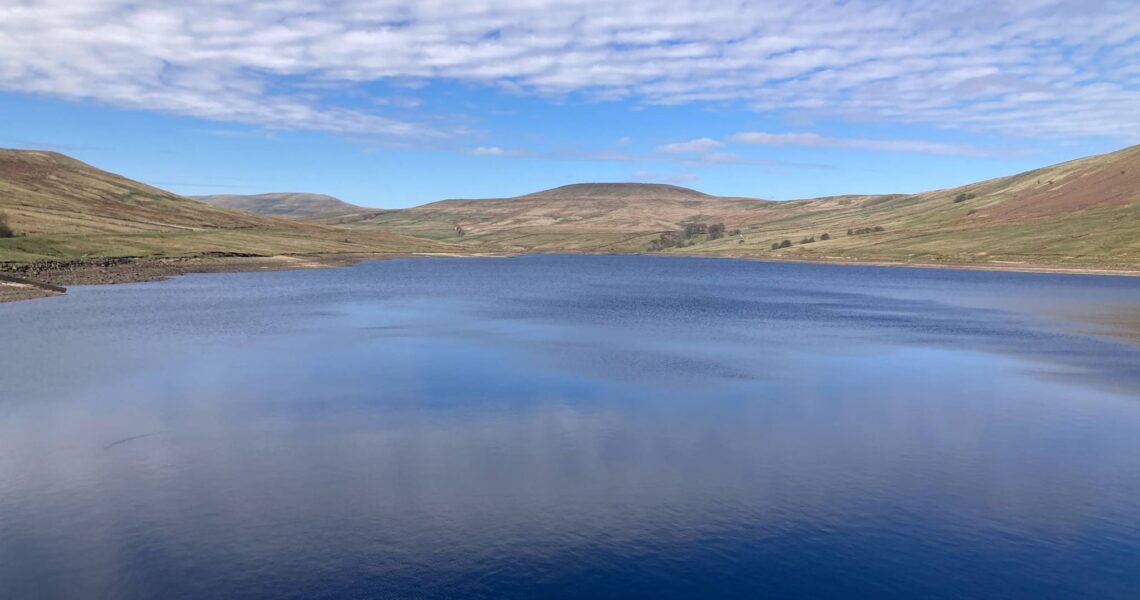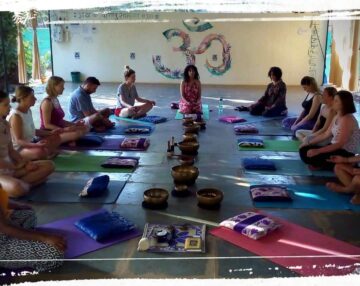Yoga is an ancient wisdom tradition with rich philosophical teachings about everything from the origins and forms of the universe to how humans can live harmonious and aligned lives. The former has felt deeply resonant and helpful for me in relation to the big questions of life; Who am I? Why am I here? What is the meaning of life? The latter has helped me with the next question… Ok, so I’m here, how on earth do I navigate this human existence?!
Like many traditions that are interested in living ethical and moral lives, yoga has a number of principles that can act as guideposts. These include 5 principles for how we treat others (Yamas) and 5 principles for how we care for ourselves (Niyamas). Since my first introduction to these over a decade ago, my understanding of them has deepened and my experiments of integrating them into my life have danced and weaved in and out. Some felt immediately applicable. Some were more of a slow burn. One felt initially impossible to integrate. And yet, as is so often the case, this is the one that has ultimately had the biggest impact on my life.
Below are the 10 Sanskrit words for each, along with an English translation:
Yamas
- Ahimsa: Non-harming
- Satya: Truthfulness
- Asteya: Non-stealing
- Brahmacharya: Energy Moderation
- Aparigraha: Nongrasping
Niyamas
- Saucha: Cleanliness
- Santosha: Contentment
- Tapas: Right Effort
- Svadhyaya: Self-Study
- Ishvara Pranidhana: Surrender to a higher power
It is the final Niyama, Ishvara Pranidhana: Surrender to higher power, which felt totally incomprehensible in the beginning. When I came to yoga as a way to fix my broken mind (or so I thought), I did not believe in a higher power. And this wasn’t an open, agnostic form of non-belief. This was a vociferous, atheist form of non-belief. I wasn’t unconvinced, I was fully convinced that there was no higher power in the universe than the human intellect. So of course, you can see why this principle was so challenging!
There were other barriers to me integrating this principle into my life too. I revered my cognitive mind as the pinnacle of my existence, something that I have since learned is quite common when we are dissociated from our bodies and have little or no connection with spirit/soul. And I used this mind to try to control everything I could in my life. Schedules, to do lists, spreadsheets to compare everything from household purchases to holiday destinations. Everything was planned. Everything was researched. When it was suggested that perhaps some spontaneity in my life would be good, I responded that I didn’t have space for spontaneity. Except one Thursday per month. That could be spontaneity Thursday. I was only half joking.
I know many things now that I didn’t know then. I know that my compulsive attempts to control things came from a deep desire to feel safe and to ensure that bad things never happened. This, of course, didn’t work. Bad things still happened because life is comprised of both “good” and “bad” things. I didn’t handle them well because I had so much resistance to them. And rather than realising that I was not actually in control anyway and backing off, when bad things happened, I doubled down on control. The “broken mind” that resulted in me trying yoga was the natural result of following this road of hyper-control all the way to the end and finding that rather than the perfect life it seemed to promise, there was actually just a cliff edge and an abyss.
Releasing the vice-like grip that my controlling mind had over my life was a major part of my recovery. My therapist set me mini challenges. Could I go to the swimming pool and swim up and down without counting my lengths? Could I go to a shop and buy something I needed without first undertaking a massive research project to ensure I was buying the best one? Could I be spontaneous on a Tuesday? Gradually I started to open up to more of a natural flow in my life. I recognised that tendencies towards control sometimes showed up, especially if I was stressed, but I didn’t need to act on them. I was beginning to develop what felt like a healthier relationship with control, but surrender control to a higher power? That was going to take more time.
The first step of this came when I started to experience subtler dimensions of life. This journey began when I met my meditation teacher (& now friend), Navid, in December 2019. He guided me to an experience of the deeper dimensions of my own existence and I had a direct experience that life was more than my mind could perceive. Not long after this I began to experience seismic shifts in almost every aspect of my life. A subtle, yet powerful energy seemed to draw me in directions I had previously had no intention of going in and to gifts that were beyond anything my mind could have imagined.
This was my experience of meeting Kris when 24 hours earlier I had been adamant I wanted to be single for ever. It was my experience of knowing it was time to move on from my full-time job with no idea what would come next and discovering Yoga Therapy 2 days after I handed my notice in. Of going to a Chakra Yoga class and telling the teacher I loved working with Chakras and being invited to cover the class the following week. And years later, when I worked at that studio, covering a Chakra class again and meeting the founder of a psychotherapy charity who was looking for body-based therapists just as a I was finishing my training as a Yoga Therapist. And on. And on. My cognitive mind could not have created anything as rich and beautiful as the life I have now. It could not have planned or anticipated the serendipity that has unfolded or the people or places that make up the tapestry of this human existence.
Having lived in both ways, it’s obvious (even to my cognitive mind!), that the more joyful, magical and fulfilling life comes from surrendering control and stepping into the flow of my life. And yet, during times of stress or when I feel overstretched, that old tendency is still there in the background. The neural pathways laid down earlier in my life can still spring back into life when challenging emotions arrive, especially in the presence of fear. And all of this is ok. We forget what we’ve learned. And then we remember. We create breadcrumbs back to the things we have learned. Lighthouses for stormy nights. These can be friends, loved ones, teachers and practices. We forgive ourselves for our humanness. And we begin again. We keep remembering. And we step back into the flow of our lives.



